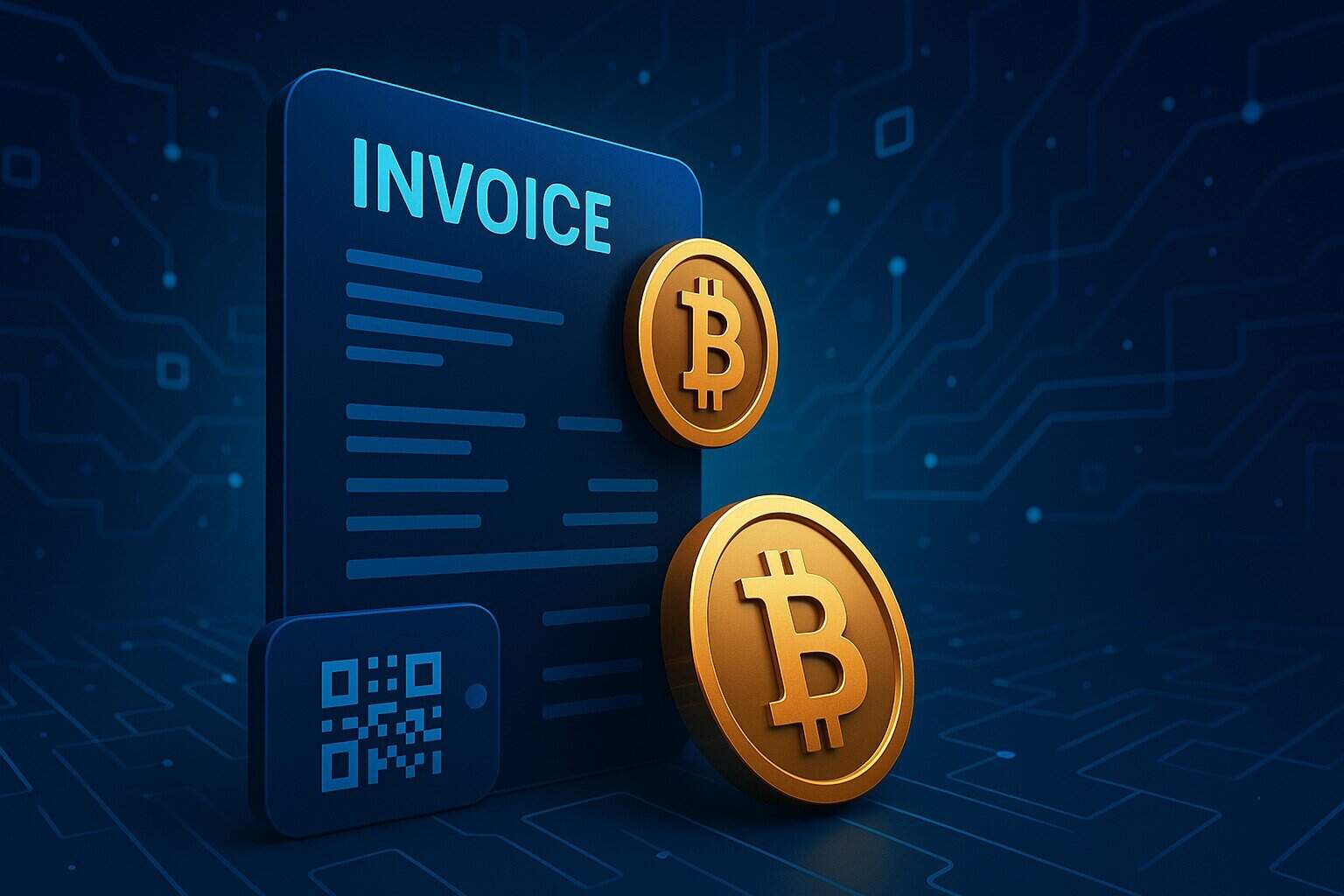
Dynamic invoicing on the blockchain is rapidly transforming how SaaS platforms, digital content creators, and decentralized services manage recurring crypto billing. With the rise of true onchain subscriptions, businesses now have the tools to automate every aspect of the subscription lifecycle while ensuring transparency, flexibility, and multi-currency support. But how do you build a dynamic invoicing system that’s both robust and future-proof? Let’s break down the top five best practices for decentralized invoicing that set industry leaders apart.

1. Implement Smart Contract-Based Proration for Accurate Billing Adjustments
Proration is essential for any subscription model where users can upgrade, downgrade, or pause their service mid-cycle. In a blockchain context, smart contracts handle proration automatically, recalculating charges in real time based on actual usage or plan changes. This means subscribers are always billed fairly – no more manual corrections or disputes over partial periods. Protocols like Superfluid enable per-second streaming payments, taking proration granularity to a new level. By embedding proration logic directly into your smart contracts, you ensure every invoice reflects precise value delivered.
2. Utilize Token-Agnostic Invoicing to Support Multiple Cryptocurrencies and Stablecoins
The global nature of Web3 means your customers might want to pay in ETH today, USDC tomorrow, or even a niche governance token next month. That’s why token-agnostic invoicing is a must-have. Instead of locking users into one payment currency, dynamic invoicing solutions should recognize and process payments across various tokens and stablecoins seamlessly. This not only maximizes user flexibility but also future-proofs your business against market shifts and emerging trends in digital assets.
3. Automate Invoice Generation and Payment Reminders via Decentralized Protocols
No one wants to chase payments or manually send out monthly invoices – especially when dealing with hundreds (or thousands) of subscribers globally. Automation is key: leverage decentralized protocols to generate invoices at each billing cycle and dispatch payment reminders without human intervention. Smart contracts can trigger notifications when payments are due (or overdue), keeping both sides accountable while dramatically reducing operational overhead.
Top 5 Best Practices for Blockchain Subscription Invoicing
-

Implement Smart Contract-Based Proration for Accurate Billing AdjustmentsLeverage smart contracts (such as those built on Ethereum or Polygon) to automatically calculate and apply prorated charges when users upgrade, downgrade, or pause their subscriptions. This ensures fair, real-time billing adjustments without manual intervention.
-

Utilize Token-Agnostic Invoicing to Support Multiple Cryptocurrencies and StablecoinsAdopt invoicing platforms like Gilded or Request Finance that enable businesses to issue and accept invoices in a wide range of cryptocurrencies and stablecoins. This flexibility enhances accessibility for global users and reduces friction in cross-border payments.
-

Automate Invoice Generation and Payment Reminders via Decentralized ProtocolsIntegrate decentralized automation tools such as Chainlink Automation to trigger invoice creation and send payment reminders on-chain. This reduces administrative workload and ensures timely notifications to subscribers.
-

Ensure Transparent On-Chain Audit Trails for All Invoicing and Payment EventsUtilize blockchain’s immutable ledger (e.g., Etherscan for Ethereum) to provide real-time, transparent records of every invoice issued and payment received. This fosters trust and enables effortless compliance and auditing.
-

Integrate Real-Time Exchange Rate Oracles for Dynamic Fiat-Crypto Value CalculationConnect invoicing systems to trusted oracles like Chainlink Price Feeds to automatically convert crypto payments to fiat values at the moment of transaction. This ensures accurate, up-to-date pricing and minimizes currency risk for both merchants and subscribers.
This level of automation isn’t just about convenience; it’s about building trust through reliability and minimizing revenue leakage from missed or late payments.
4. Ensure Transparent On-Chain Audit Trails for All Invoicing and Payment Events
One of blockchain’s greatest strengths is its ability to provide immutable, transparent records for every transaction. When it comes to dynamic invoicing, this means every invoice creation, payment, adjustment, and refund is permanently recorded on the chain. Not only does this make compliance and financial reporting a breeze, but it also reassures your subscribers that billing events can be independently verified at any time. This transparency is particularly valuable for SaaS providers and decentralized platforms looking to build user trust or undergo third-party audits.
For example, if a customer queries a billing discrepancy, you can point directly to the on-chain record, no need for messy spreadsheets or opaque backend logs. This level of visibility helps prevent disputes and streamlines resolution when questions arise. As more jurisdictions recognize the validity of on-chain records for regulatory purposes, having these audit trails in place positions your business ahead of the curve.
5. Integrate Real-Time Exchange Rate Oracles for Dynamic Fiat-Crypto Value Calculation
Dynamic invoicing isn’t just about crypto-to-crypto payments; many businesses still need to reconcile their revenue in fiat terms. By integrating real-time exchange rate oracles, you ensure that every invoice reflects accurate fiat values at the moment of transaction, regardless of crypto price volatility.
This is critical for recurring crypto billing models where subscription fees are denominated in USD but paid in ETH or stablecoins. With live oracles feeding current rates into your smart contracts, you can automatically adjust invoice amounts and provide clear breakdowns to your customers. This not only simplifies accounting but also removes friction for users who want pricing certainty in their local currency.
Why These Best Practices Matter Now
The combination of these five best practices, smart contract-based proration, token-agnostic invoicing, automated reminders, transparent audit trails, and real-time exchange rates, forms a holistic approach to dynamic invoicing blockchain solutions. Together they address pain points like inaccurate billing, limited payment options, operational inefficiency, lack of transparency, and currency risk.
If you’re building an onchain subscription product or managing decentralized SaaS invoicing at scale, now’s the time to adopt these strategies. Platforms like SubscribeOnChain. com are already empowering businesses with tools that embed these features out-of-the-box, helping you optimize revenue streams while delighting users with seamless experiences.
Checklist: Are You Ready for Decentralized Invoicing?
The future of recurring crypto billing is here, and it’s programmable, transparent, and borderless.
If you’re curious how leading Web3 companies are implementing these best practices in production today (or want a demo), check out resources from providers like Request Finance or explore more insights at Acctual’s blockchain billing blog.






